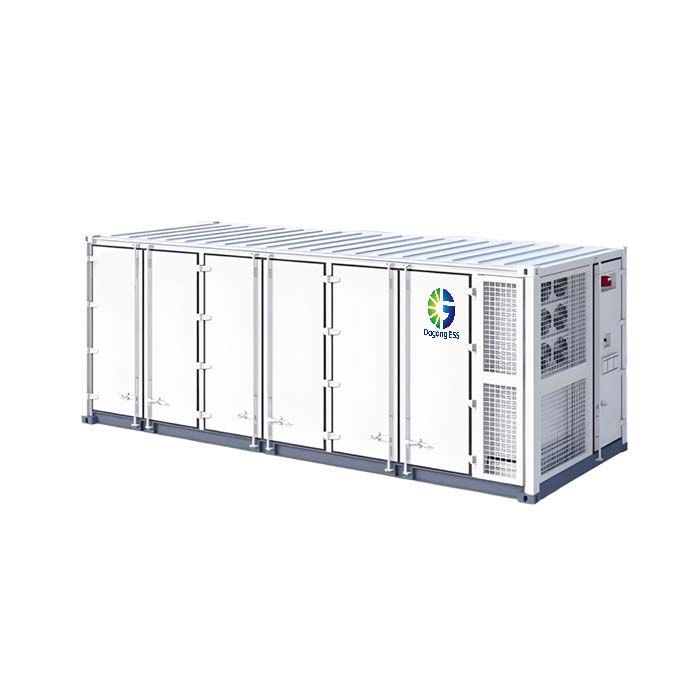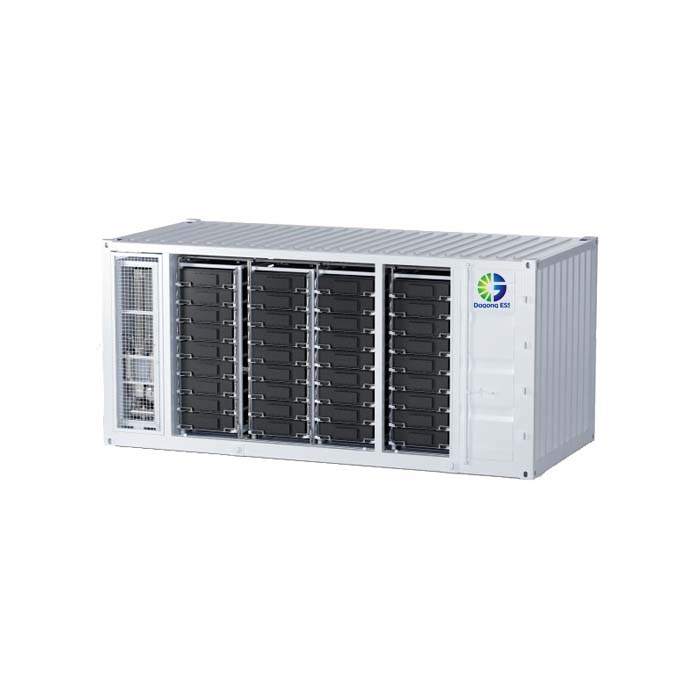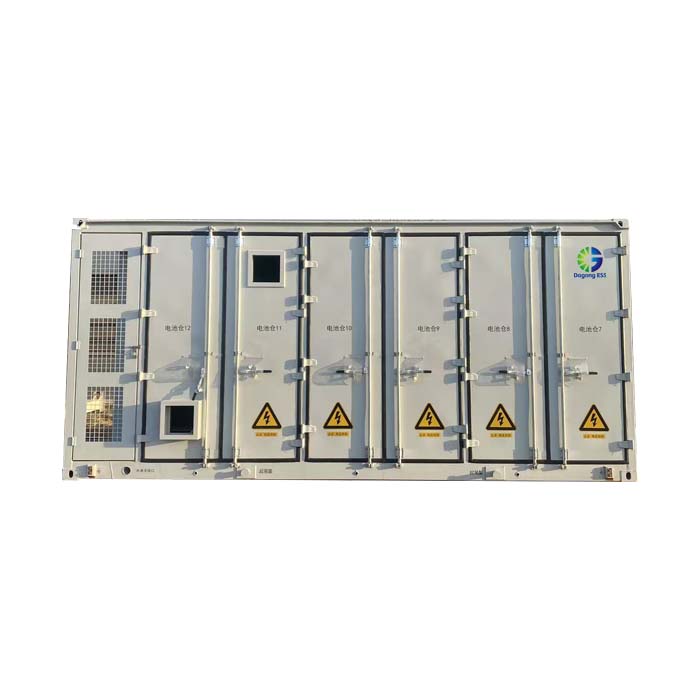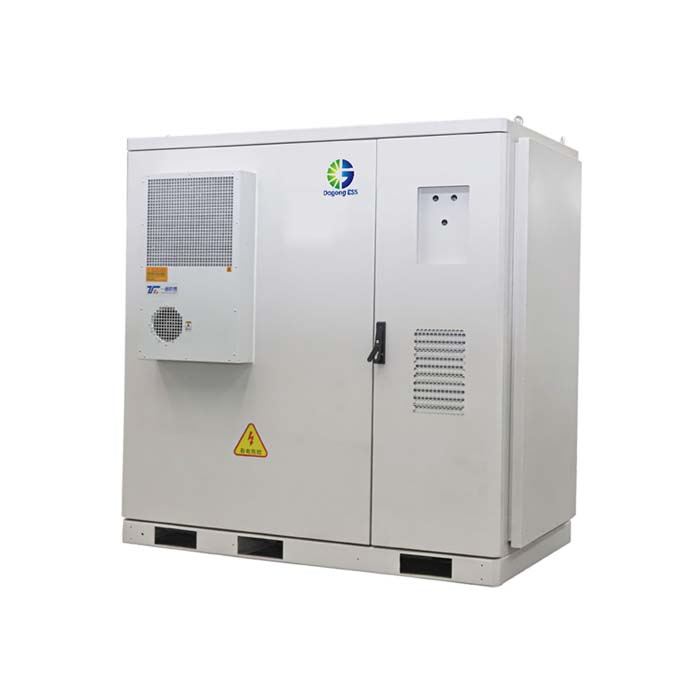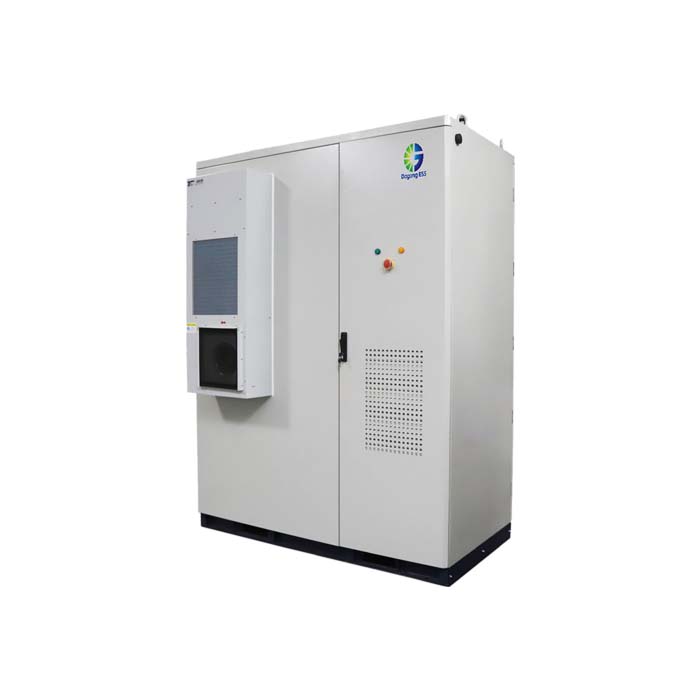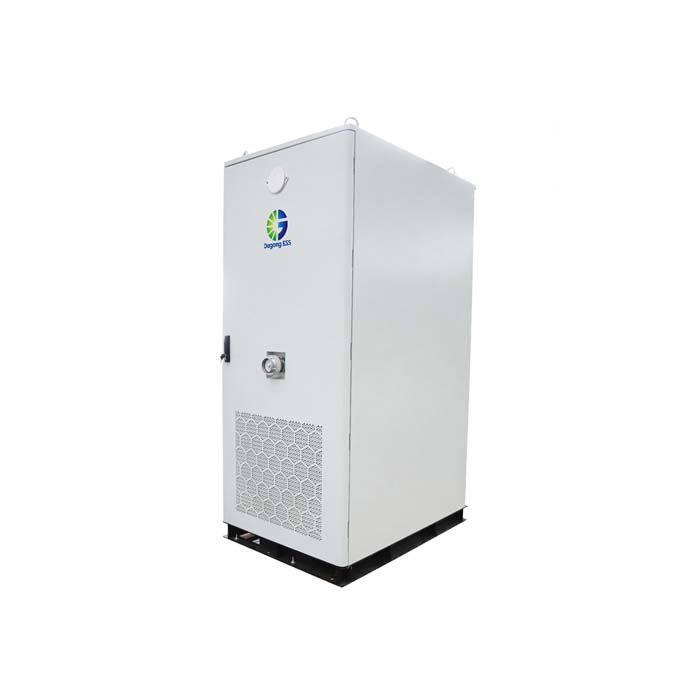Air-Cooled vs. Liquid-Cooled ESS: Which One Is Right for You?
What Are Air-Cooled and Liquid-Cooled Energy Storage Systems?
In lithium battery energy storage systems (ESS), thermal management is essential to ensure long life, safe operation, and optimal performance. Two dominant cooling methods—air cooling and liquid cooling—serve different needs depending on application scale, environment, and performance demands.
Understanding the difference between air-cooled and liquid-cooled ESS helps you choose the right solution for your solar integration, EV charging station, industrial facility, or utility-scale project.
Types of Cooling Systems in ESS
Air-Cooled ESS
Uses forced air and ventilation fans to dissipate heat
✅ Simple, cost-effective, and easy to maintain
Liquid-Cooled ESS
Uses coolant fluid circulated through battery packs for precise temperature control
✅ High-performance, compact, and suitable for demanding environments
Dagong ESS offers both air-cooled and liquid-cooled systems across its product portfolio, from 100kWh C&I cabinets to 5MWh utility-scale containers.
Features Comparison: Air-Cooled vs. Liquid-Cooled ESS
| Feature | Air-Cooled ESS | Liquid-Cooled ESS |
|---|---|---|
| Thermal Performance | Standard, slower heat dissipation | Precise, fast temperature regulation |
| System Complexity | Simple structure, fewer components | Complex with pumps, pipes, coolant |
| Footprint | Larger due to airflow design | More compact thanks to high heat transfer |
| Energy Efficiency | Moderate (heat dissipation is slower) | High (better thermal balance across cells) |
| Maintenance | Easier, fewer components to monitor | Requires regular fluid checks and controls |
| Cost | Lower initial cost | Higher upfront cost, lower lifecycle cost |
| Best For | Small to medium C&I, mild climates | Large-scale projects, high temperatures, EV hubs |
Applications of Air-Cooled and Liquid-Cooled ESS
✅ Air-Cooled ESS Is Ideal For:
Small to mid-sized commercial facilities
Residential or light industrial use
Environments with moderate temperatures
Projects with lower power density requirements
✅ Liquid-Cooled ESS Is Best For:
Utility-scale and grid-level projects
Large factories and EV charging hubs
Hot climates or enclosed spaces
High-performance or fast-cycling systems
Price Comparison of Air-Cooled vs. Liquid-Cooled Systems
Pricing is based on:
System size (100kWh to 5MWh+)
Cooling type (air-cooled vs. liquid-cooled)
Integration needs (PV, EMS, grid connection)
Air-cooled cabinets (100kWh–241kWh) are more cost-effective for mid-scale peak shaving. Liquid-cooled container systems (215kWh–5MWh) suit larger factories or EV infrastructure.
Prices vary by battery chemistry, integration level, and inverter pairing. Terms include EXW, FOB, or CIF based on logistics.
How to Select the Right Cooling Method for Your Project
Determine Your Application Scale
<150kWh: Air cooling is often sufficient
200kWh: Liquid cooling becomes more efficient and reliable
Evaluate Ambient Environment
Hot/humid climates or enclosed rooms? → Liquid-cooled
Temperate outdoor areas? → Air-cooled may suffice
Check Power Density Requirements
High-load discharge (EV charging, grid services)? → Liquid-cooled
Moderate load and fewer daily cycles? → Air-cooled
Consider Total Lifecycle Cost
Liquid-cooled ESS has higher upfront cost, but better longevity and performance under stress
How Long Do These ESS Types Last?
Air-Cooled ESS:
6,000–8,000 cycles (70% SOH)
12–15 years lifespan with proper maintenance
Liquid-Cooled ESS:
8,000+ cycles (70% SOH)
15+ years under daily cycling in high-performance settings
Both systems from Dagong ESS are built with premium LFP battery cells for maximum safety and durability.
The Supplier of Air & Liquid-Cooled ESS: Dagong ESS
Dagong ESS offers a complete lineup of both cooling options to match your project scale and environment:
Air-Cooled ESS Products
100kWh–144kWh C&I Cabinets
5MWh Container ESS
Liquid-Cooled ESS Products
215kWh–372kWh Cabinets
3.35MWh–5MWh Container ESS
All systems are:
Built with LiFePO₄ batteries
Equipped with real-time monitoring and intelligent EMS
Certified with CE, UN38.3, MSDS, IEC, and 3C for global deployment
Still unsure which cooling system fits your project? Contact Dagong ESS for expert advice and customization:
Email: sales@dagongess.com
Website: 🌐 www.dagongess.com


